This half term, the children in LKS2 have been learning about bridges. The children have designed, produced and evaluated their own bridges. Take a look at images from throughout the process below.
Research
To begin our project, the children learned about their design brief. We then started to learn about different bridge types – arch, beam, truss and suspension. The children then used this knowledge to label different bridge types.
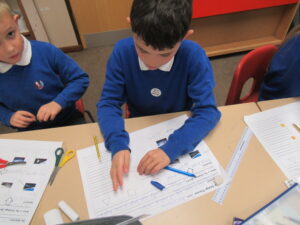
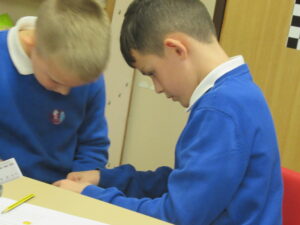



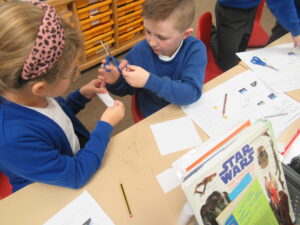

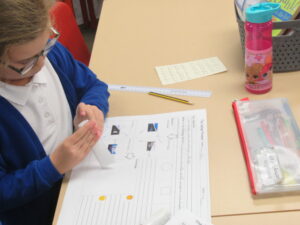
Prototype
To begin our prototype lesson the children practiced making different shapes and tested their strength. We found that circles and triangles were the strongest. The children then began to design and produce a prototype bridge. The children then evaluated the good things about their prototype and the elements they would need to change.

![]()
![]()
![]()
![]()
![]()
![]()
![]()
![]()
![]()
![]()
![]()
![]()
![]()
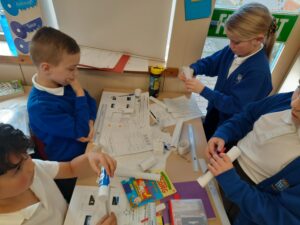
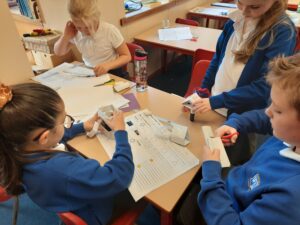
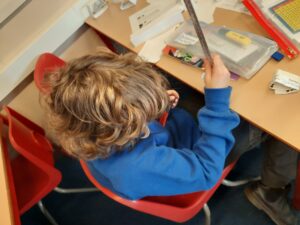
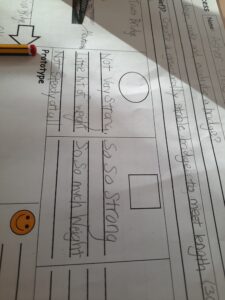

Design
After creating prototypes, it was time for the children to design their bridges in pairs. They then had to think about the materials and equipment they would need to produce their design.
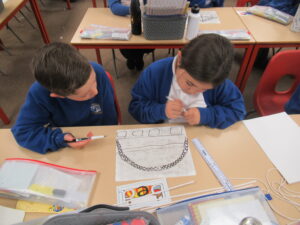
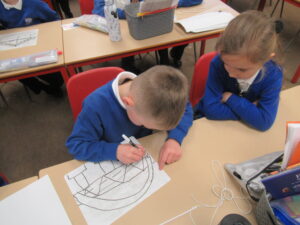
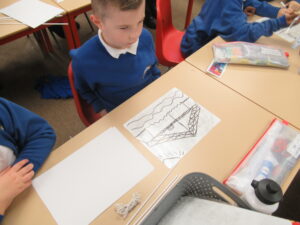


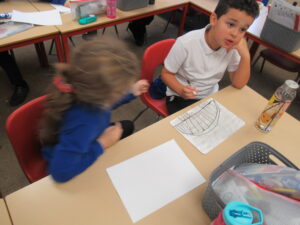
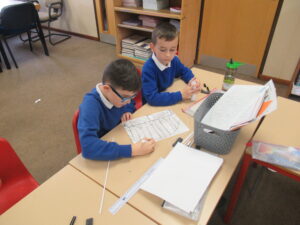


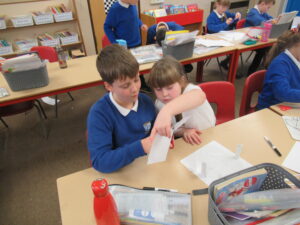
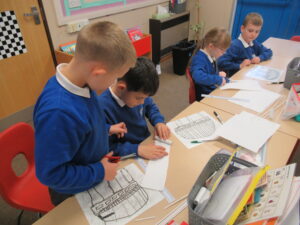
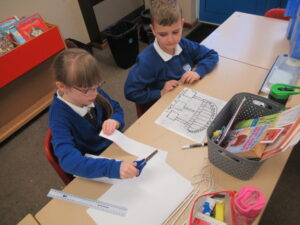
Production
Once their design was finalised, children began to produce their bridge. The children worked together to create different elements such as the deck and pillars. Throughout production children checked to make sure their bridge was strong, stable and met the design brief.

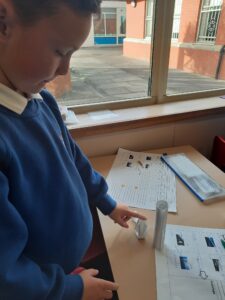
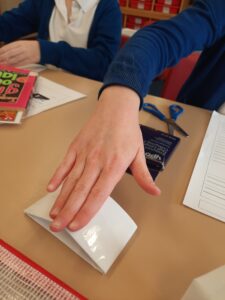
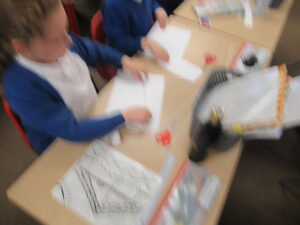
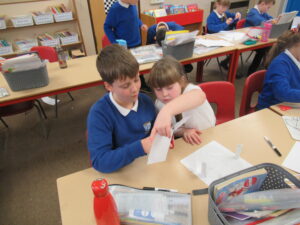
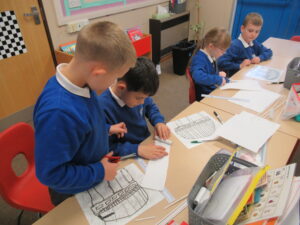

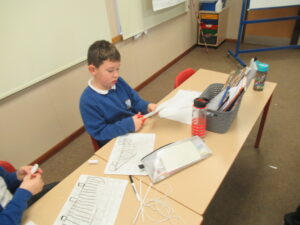

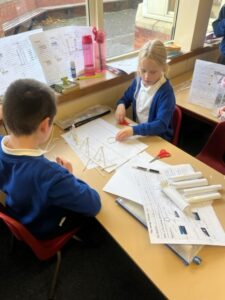


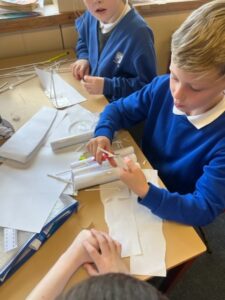
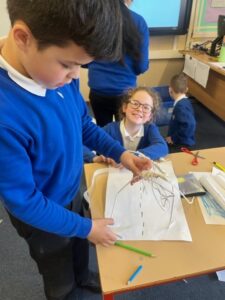
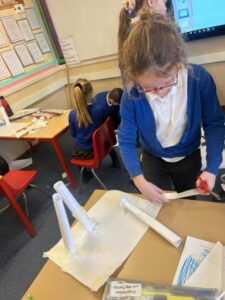

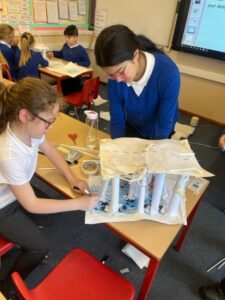
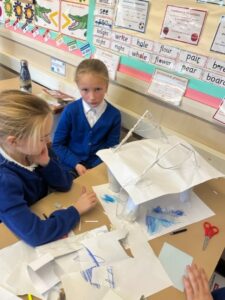


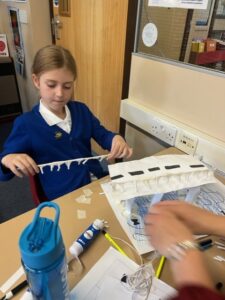

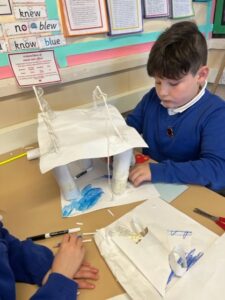
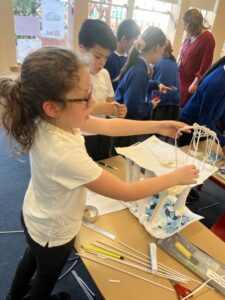
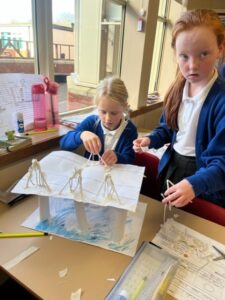
Evaluation
When the bridges were complete, children began the evaluation process. They started by checking if their bridges met the criteria set in the design brief. Children then thought about the skills they had performed well and the skills they need to improve in the future. The children then explained what they would change to improve a future bridge.
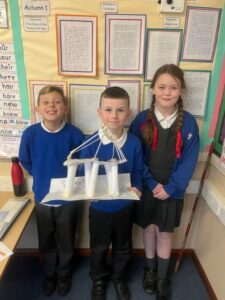
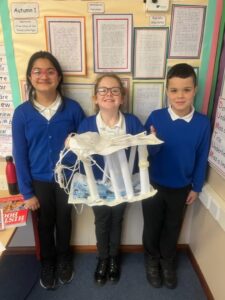


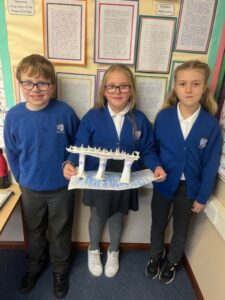

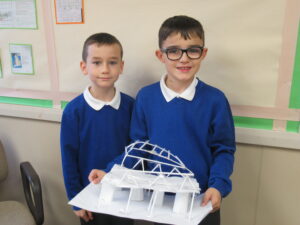
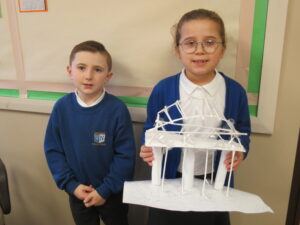
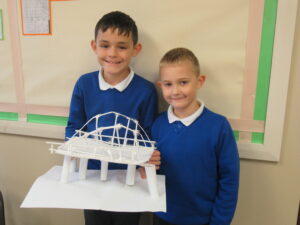
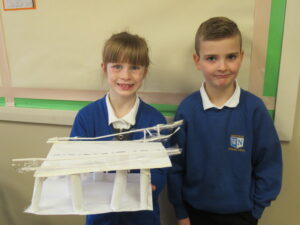
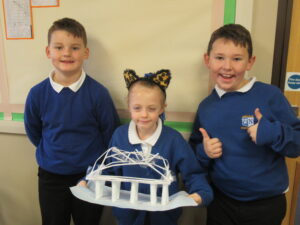
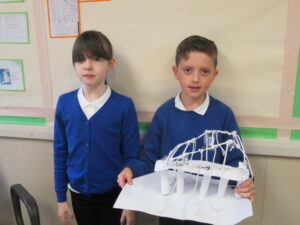

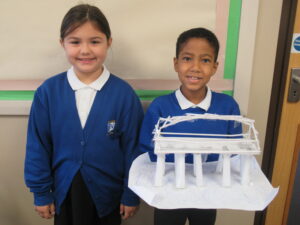
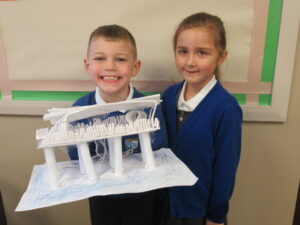

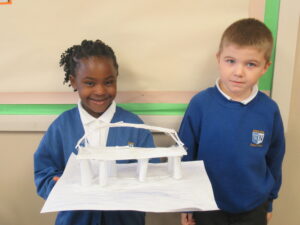
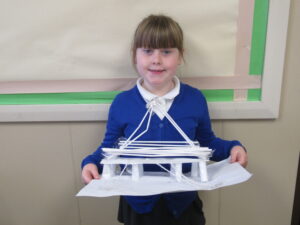



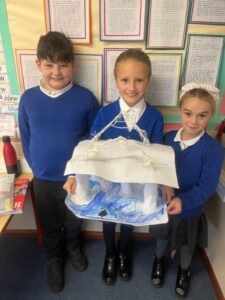
Article 13: You have the right to find out things and share what you think with others, by talking, drawing, writing or in any other way unless it harms or offends other people.
Article 17: You have the right to get information that is important to your well-being, from radio, newspaper, books, computers and other sources. Adults should make sure that the information you are getting is not harmful, and help you find and understand the information you need.
Article 28: You have the right to a good quality education. You should be encouraged to go to school to the highest level you can.
Article 29: Your education should help you use and develop your talents and abilities. It should also help you learn to live peacefully, protect the environment and respect other people.

